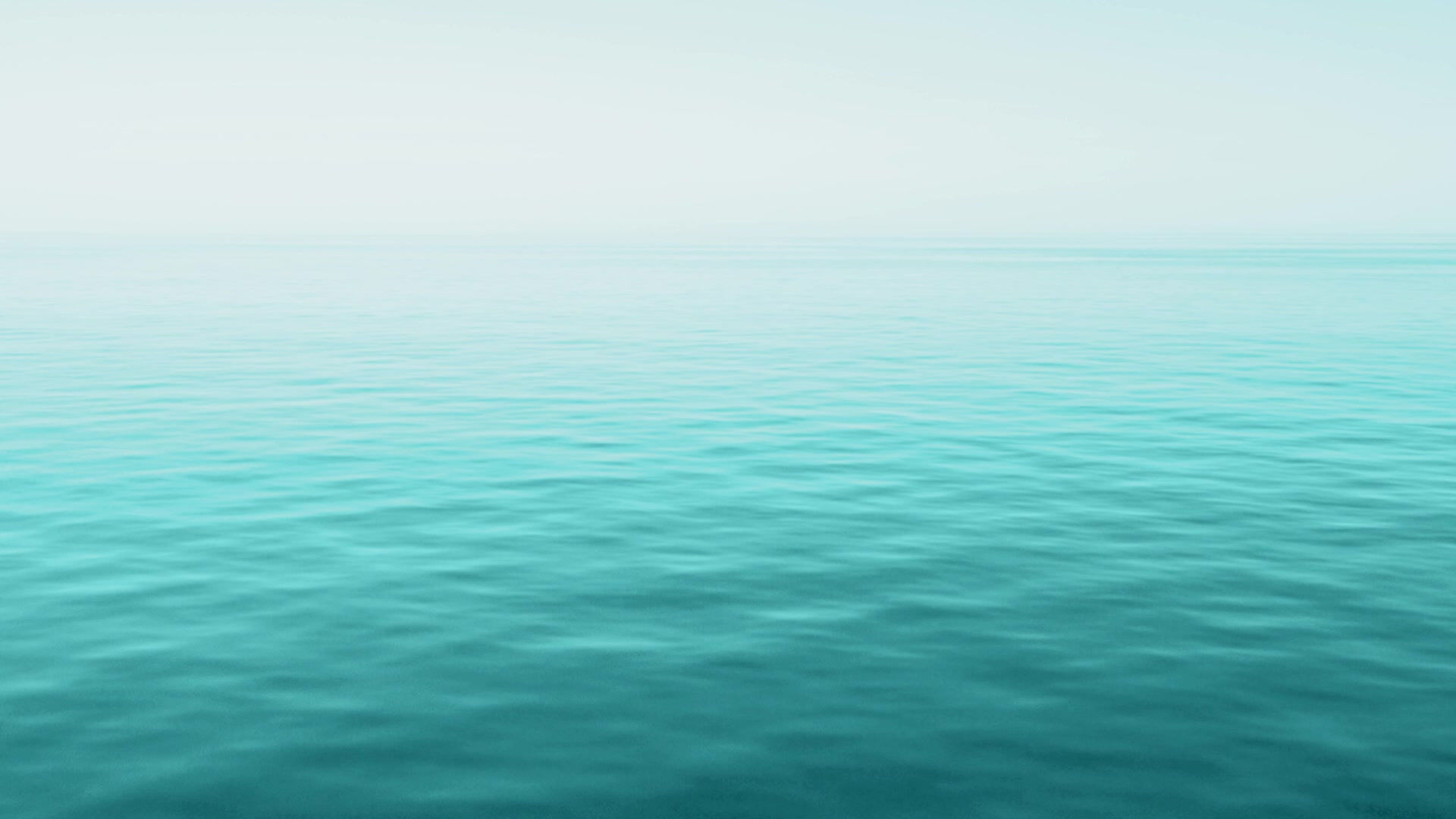Chemistry questions for TNPSC,UPSC, TNUSRB, SI, Police , NCERT.
- Shiva IAS Academy Salem
- May 30, 2023
- 3 min read
1. Blood, lymph, urine, the drinks what we take, like fruit juice, aerated drinks, tea, coffee are solutions.
2. Copper dissolved in gold Alloys.
3. Mercury with sodium amalgam.
4. Water vapour in air (cloud) Liquid in Gas.
5. carbon-di-oxide dissolved in water (Soda water) gas in liquid.
6. water is called as ‘Universal solvent”.
7. non-aqueous solvents are alcohols, benzene, ethers, carbon disulphide, acetone,
8. What is the Solubility’s of glucose in 100grame of water at 25°C? 91 g
9. What is the Solubility’s of sodium chloride in 100grame of water at 25°C? 36 g
10. Which material has hieghest solubility in water? Sodium iodide.
11. Aquatic animals live more in cold regions, Why? More amount of dissolved oxygen is present in the water of cold regions.
12. The effect of pressure on the solubility of a gas in liquid is given by Henry’s law.
13. Usually, mass percentage of a solution is expressed as w/w (weight / weight).
14. Usually volume percentage of a solution is expressed as v/v (volume / volume).
15. Solution of syrups, mouth wash, antiseptic solution, household disinfectants etc., the concentration of the ingredients is expressed as v/v.
16. ointments, antacid, soaps, etc., the concentration of solutions are expressed as w/w.
17. What is the IUPC name of Blue Virtiol ? Copper (II) sulphate pentahydrate.
18. What is the IUPC name of Epsom salt ? Magnesium sulphate heptahydrate.
19. What is the IUPC name of gypsum? Calcium sulphate dehydrate.
20. What is the IUPC name of green vitriol ? Iron (II) sulphate heptahydrate.
21. What is the IUPC name of white viriol ? Zinc sulphate heptahydrate.
I. Choose the correct answer.
22. A solution is a __________ mixture.
a. homogeneous b. heterogeneous
c. homogeneous and heterogeneous d. non homogeneous
23. The number of components in a binary solution is __________
a. 2 b. 3 c. 4 d. 5
24. Which of the following is the universal solvent?
a. Acetone b. Benzene c. Water d. Alcohol
25. A solution in which no more solute can be dissolved in a definite amount of solvent at a given temperature is called _______
a. Saturated solution b. Un saturated solution
c. Super saturated solution d. Dilute solution
26. Identify the non aqueous solution.
a. sodium chloride in water b. glucose in water
c. copper sulphate in water d. sulphur in carbon-di-sulphide
27. When pressure is increased at constant temperature the solubility of gases in liquid ___________.
a. No change b. increases
c. decreases d. no reaction
28. Solubility of NaCl in 100 ml water is 36 g. If 25 g of salt is dissolved in 100 ml of water how much more salt is required for saturation _____________.
a. 12g b. 11g c. 16g d. 20g
29. A 25% alcohol solution means
a. 25 ml alcohol in 100 ml of water b. 25 ml alcohol in 25 ml of water
c. 25 ml alcohol in 75 ml of water d. 75 ml alcohol in 25 ml of water
30. Deliquescence is due to __________
a. Strong affinity to water b. Less affinity to water
c. Strong hatred to water d. Inertness to water
31. Which of the following is hygroscopic in nature?
a. Ferric chloride b. Copper sulphate penta hydrate
c. Silica gel d. None of the above
II. Fill in the blanks.
32. The component present in lesser amount, in a solution is called Solute
33. Example for liquid in solid type solution is Mercury with sodium.
34. Solubility is the amount of solute dissolved in 100g of solvent.
35. Polar compounds are soluble in Polar solvents
36. Volume persentage decreases with increases in temperature because volume of loquids increases with temperature increase.
37. Match the following.
1. Blue vitriol – CaSO4 .2H2O (2)
2. Gypsum – CaO (4)
3. Deliquescence – CuSO4.5H2O (1)
4. Hygroscopic – NaOH (3)
IV. True or False: (If false give the correct statement)
38. Solutions which contain three components are called binary solution. False, two components.
39. In a solution the component which is present in lesser amount is called solvent. False, solute.
40. Sodium chloride dissolved in water forms a non-aqueous solution. False, aqueous solution.
41. The molecular formula of green vitriol is MgSO4.7H2O. False, epsum salt.
42. When Silica gel is kept open, it absorbs moisture from the air, because it is hygroscopic in nature. True.


Comments